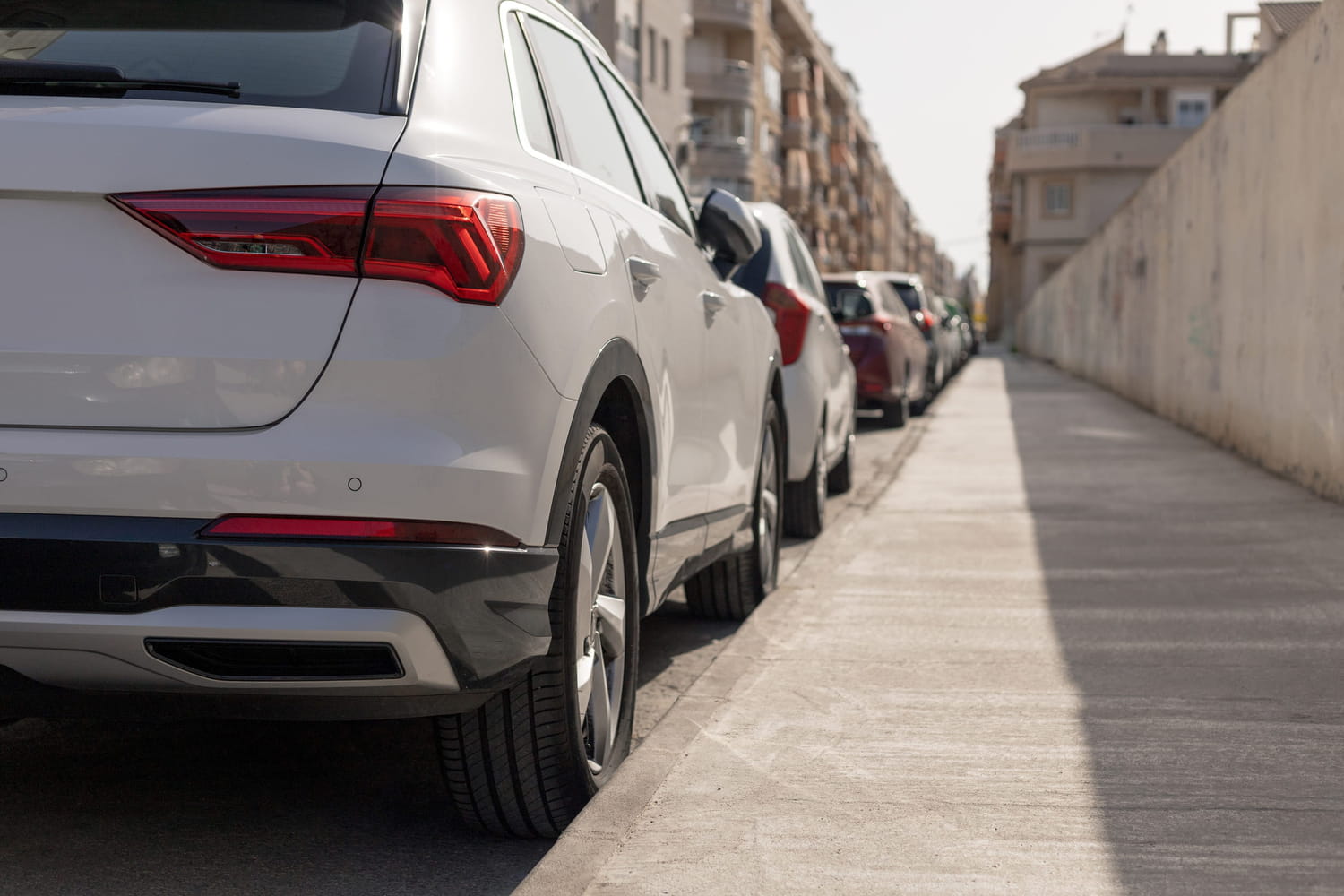Most drivers think that the handbrake is enough after parking their car on a slope. This reflex to have is much more prudent.
Parking on a slope is never a trivial exercise. You have to play with the handbrake, the brake pedal and the clutch at the same time, while being careful not to hit the car in front or be caught off guard by seeing your own vehicle slip. In town or in the countryside, this little moment of parking can quickly turn into a headache if you don’t master the right reflexes, especially when the temperatures start to drop and the ground becomes slippery.
When the car is parked, the majority of drivers apply the handbrake conscientiously. We squeeze the lever or activate the electric parking brake, we turn off the engine, we breathe, we think that’s it. However, this action alone does not always guarantee immobilization of the vehicle. The handbrake may fail, the inclination may be greater than expected, and there is a risk of an unpleasant surprise if no other precautions have been taken.
So, here’s the decisive move: in addition to the handbrake, engage the appropriate gear or position and turn the wheels toward the curb. Concretely: for a car with a manual transmission parked uphill, shift into first gear; when going downhill, select reverse. For automatic, put the gearbox in the “P” position. Then, orient the wheels so that, in the event of the vehicle rolling back unexpectedly, they come up against the curb and stop the movement. Once these two actions are combined, the car is much more secure, even if the handbrake were to fail.
So, when you leave the vehicle, take a moment to check that all precautions have been taken: handbrake on, gear engaged, wheels correctly oriented. And if you are in an icy or snowy area, do not hesitate to place a block under the drive wheels: a simple piece of wood can sometimes make the difference. It is also advisable to check that your handbrake is in good condition. These simple actions can avoid a lot of hassle…


